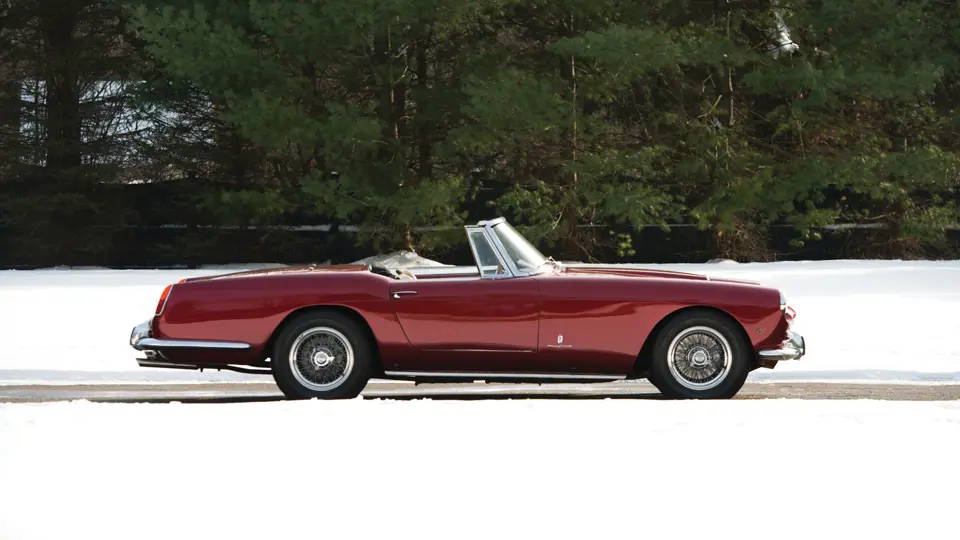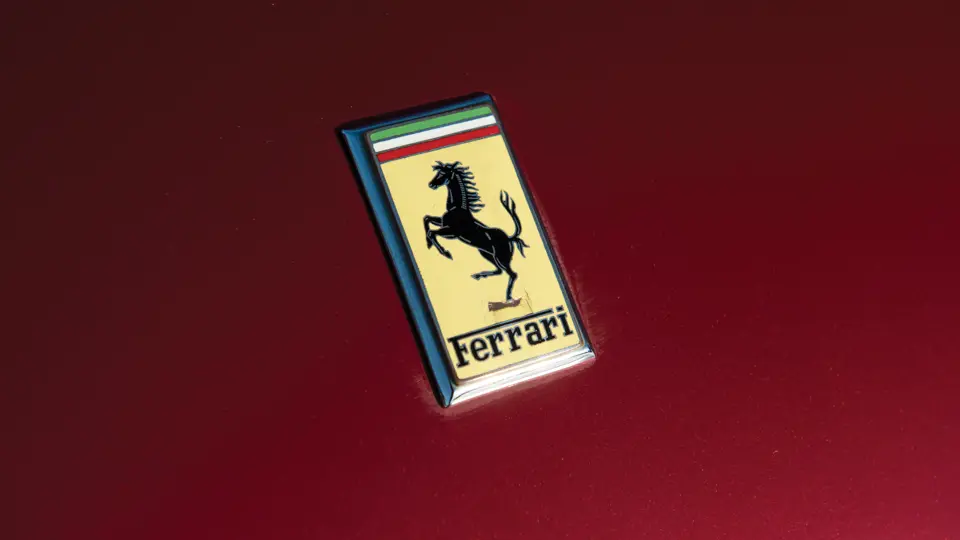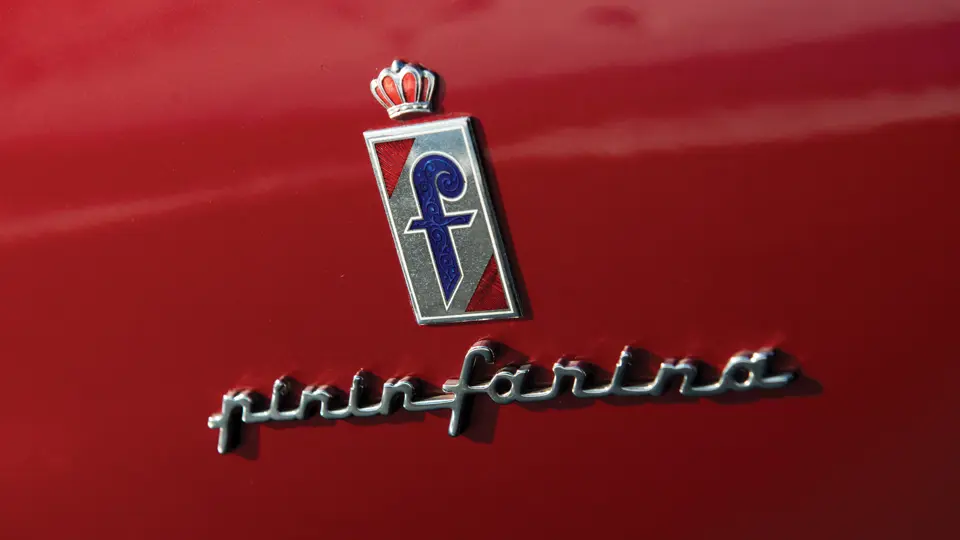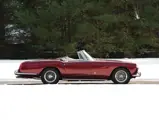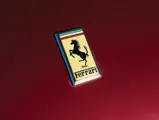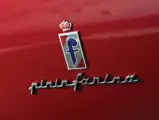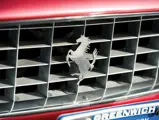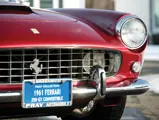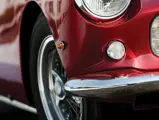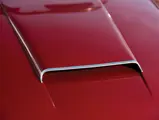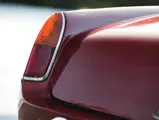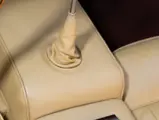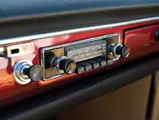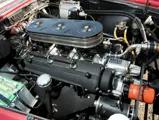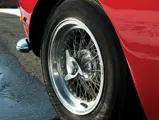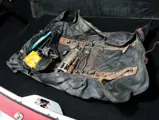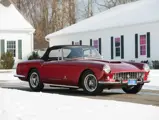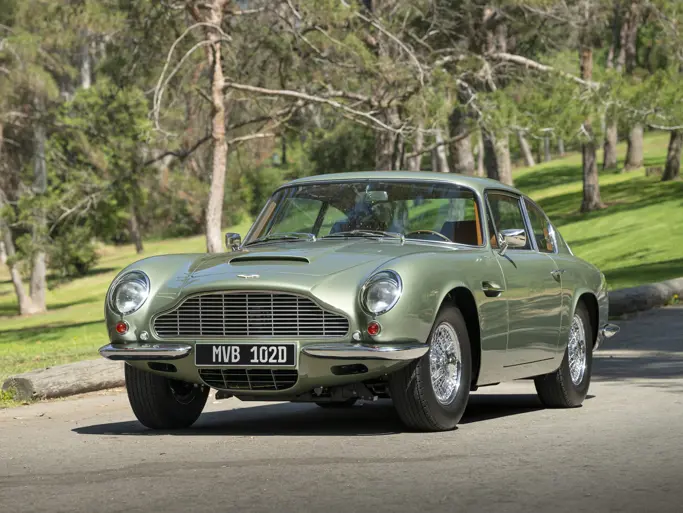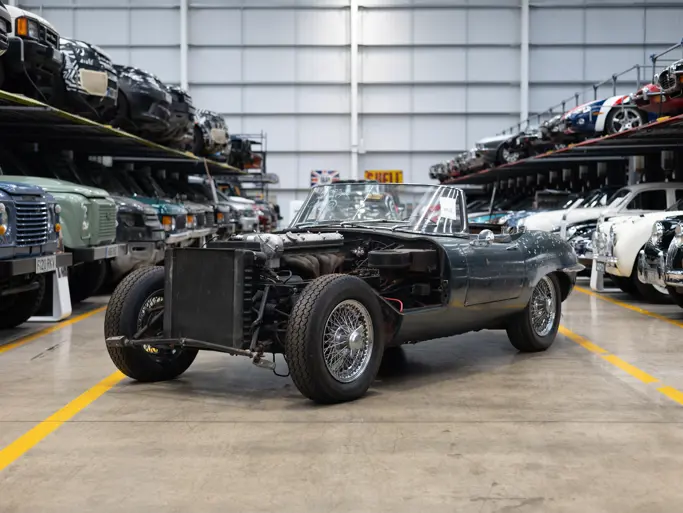
1961 Ferrari 250 GT Series II Cabriolet by Pininfarina
{{lr.item.text}}
$1,760,000 USD | Sold
Offered from the Pray Collection
{{bidding.lot.reserveStatusFormatted}}
- Offered from the Pray Collection
- Single ownership since 1969
- Desirable colors and original factory hardtop
- Cosmetically and mechanically maintained, but never restored
- A superbly authentic example
240 bhp, 2,953 cc single overhead-camshaft 60-degree V-12, triple Weber 40 DCL/6 two-barrel downdraught carburetors, four-speed synchromesh manual transmission, independent front suspension with unequal length upper and lower A-arms, coil springs, anti-roll bar, and Koni hydraulic shocks, solid rear axle with semi-elliptic leaf springs, trailing arms, and Koni hydraulic shocks, and four-wheel Dunlop hydraulic disc brakes. Wheelbase: 102.4 in.
On April 14, 1969, as the first traces of summer’s humidity settled into New York, Malcolm S. Pray Jr. found himself under the Highbridge, a turn-of-the-century aqueduct that looms over Jerome Avenue in the Bronx. In all likelihood, he was surrounded by other dealers who had gathered here at a large nondescript garage. Sterns-Haskell Inc. was in the business of making deals by taking trade-ins that did not fit a particular dealer’s line of work and selling them off to someone whose it did fit. The business traded over cars wholesale at a rapid clip, and dealers had to visit often to find the best stock.
Thus, Sterns-Haskell had, in a short time, become a place where dealers gathered and met one another as they did business, shadowed by the Highbridge. It was a modern-day bazaar for the East Coast’s car salesmen.
On this day, Mr. Pray’s purchases under the house account at Pray Automobile Corporation included a Ferrari 250 GT Series II Cabriolet, chassis number 2093 GT. He paid $2,800 for the car, plus $98 in sales tax and $22 for the license and title, making the total cash price $2,920. That was not unreasonable money for a Series II Cabriolet in 1969; after all, nothing is as old as yesterday’s supercar.
Of course, times do change. Whether it’s because Malcolm Pray recognized the importance of this car or, most likely, because he simply loved this Ferrari, it never made its way onto the Pray Automobile lot. The car that he purchased that day from Stern-Haskell has remained in his collection for the last 45 years.
The car was originally delivered to Franco-Britannic Autos Ltd., of Levallois, a Paris suburb, in 1960. It is interesting to note that this Cabriolet was originally finished in Rosso Rubino and came with tan leather upholstery and the very desirable factory hardtop, which was also finished in the body color. This same year, a Series II Cabriolet in the same colors, with a matching hardtop, was displayed on the Ferrari stand at the Paris Motor Show, as is confirmed by contemporary photographs in this car’s file. According to the Pininfarina archives, 2093 GT arrived in Paris on September 26, 1960, just in time for the Paris show, which ran from October 6–16.
This Ferrari’s documented history picks up on August 18, 1966, when it appeared in New York City and was acquired by J.S. Inskip, possibly as a trade-in on a Rolls-Royce. Several days later, on September 1, it was sold to Stern-Haskell, which apparently had the car in inventory for two-and-a half-years, during which time it was perhaps driven by the owner of the dealership, before it was sold it to Mr. Pray.
During its 45 years in the Pray Collection, the car has required only upkeep. In 1997, it was repainted its original Rosso Rubino by the Pray shop. Only some small blistering at the top of the driver’s door and the usual polishing marks mar it today. Several years later, the original leather was carefully removed, re-dyed, and then reinstalled. The dashboard was restored, and the instruments within and their bezels remain untouched, indicating that the car has covered just 46,601 kilometers during its life. The chrome trim is original throughout. It is thin in some places and beginning to pit lightly, just as would be expected from 50-year-old brightwork. All four wheels are the original code RW 3538 Borrani chrome wires, and they are shod in Michelin 185R 400X tires. In the trunk is an original Borrani spare that is date-coded 8-60.
Under the hood, the original engine has been detailed, and the chassis has undercoating that probably dates back to the original ownership, but it is clean. Satisfyingly, the inside of the wheel arches are all good, smooth metal, and the panels fit nicely.
Included in the file on the car is the State of New York Certificate of Sale from Stern-Haskell to the Pray Automobile Corporation, which is dated April 14, 1969, and notes the name and date of acquisition from J.S. Inskip, as well as a Connecticut state inspection and title, which were issued the same day. There is also a myriad of receipts pertaining to the car’s regular service, as well as to the minimal amount of restoration it has required over the years. The car is supplied with a partial tool roll in the original case and, of course, the original hardtop.
The last time a check was written to buy this car was 45 years ago, under a bridge in the Bronx. Today, it will change hands surrounded by people who love it, within headlamp-sight of a concours field.
How times have changed.
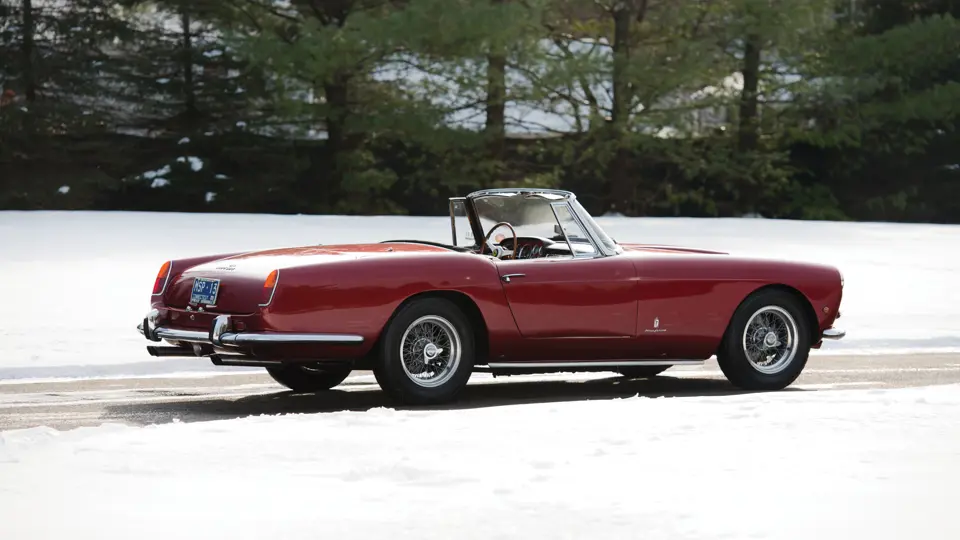
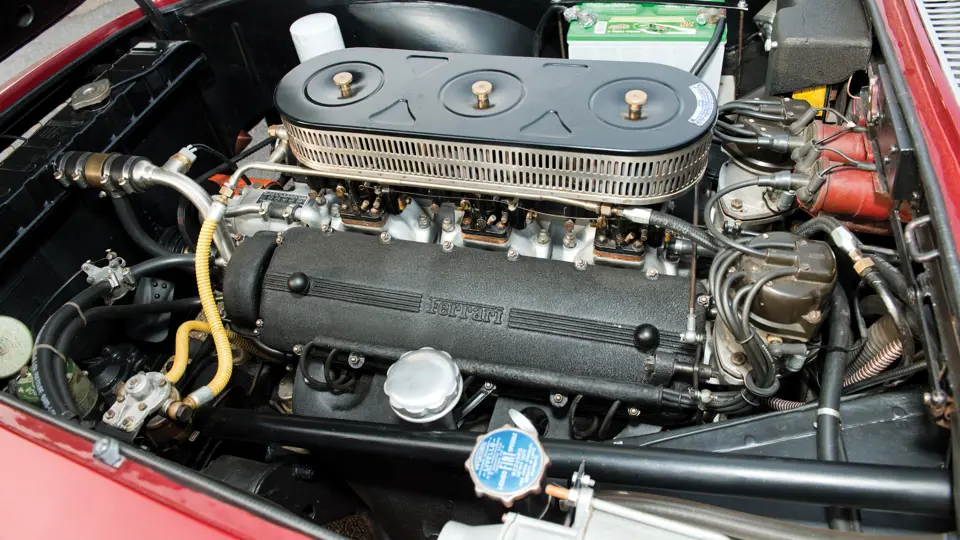


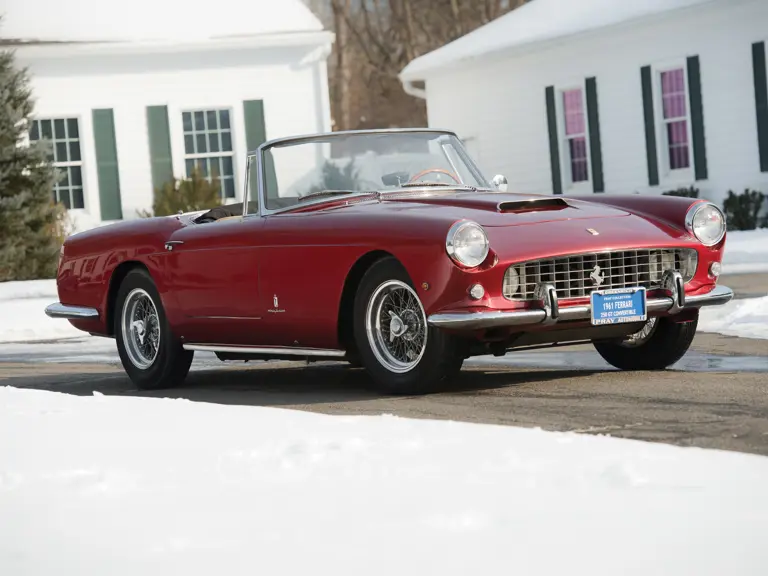
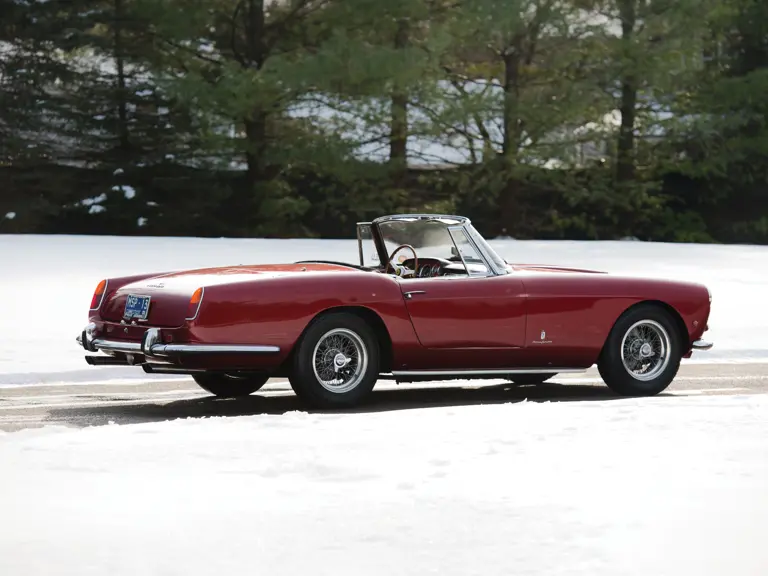
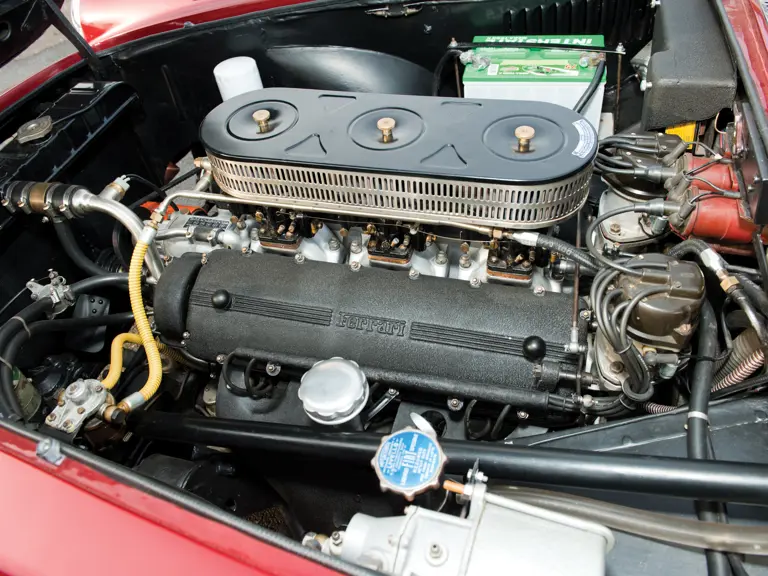

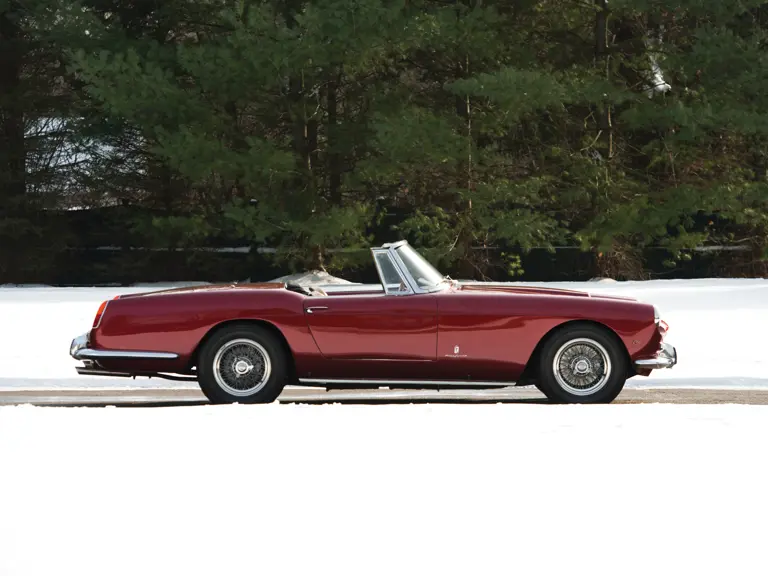


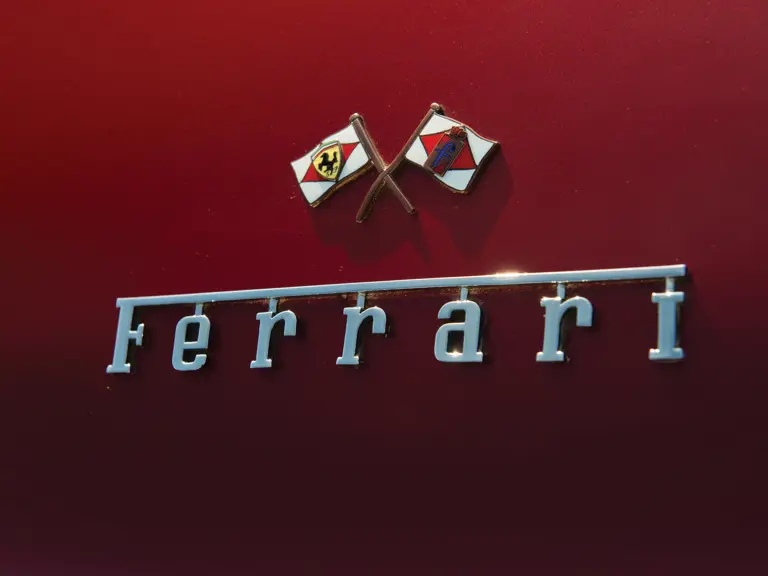
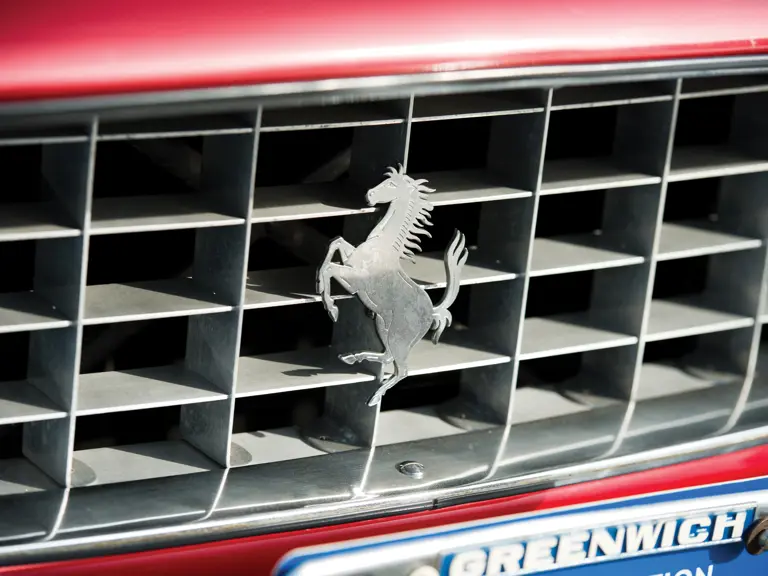

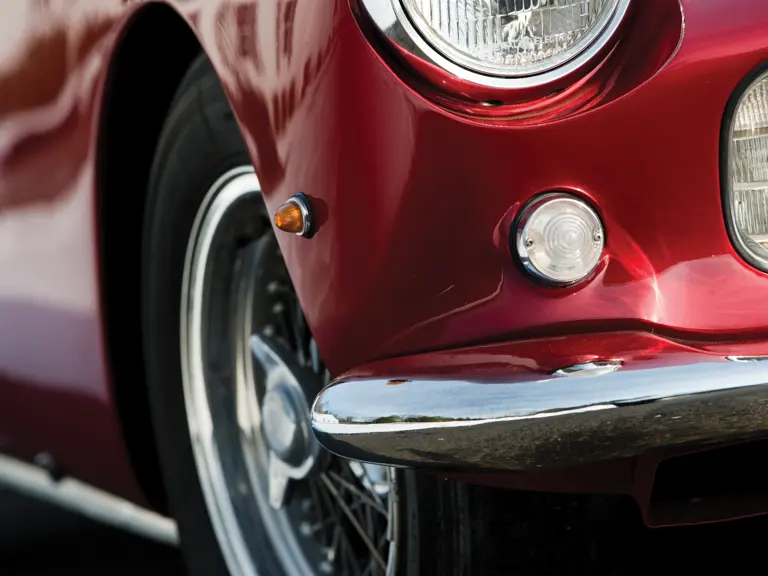
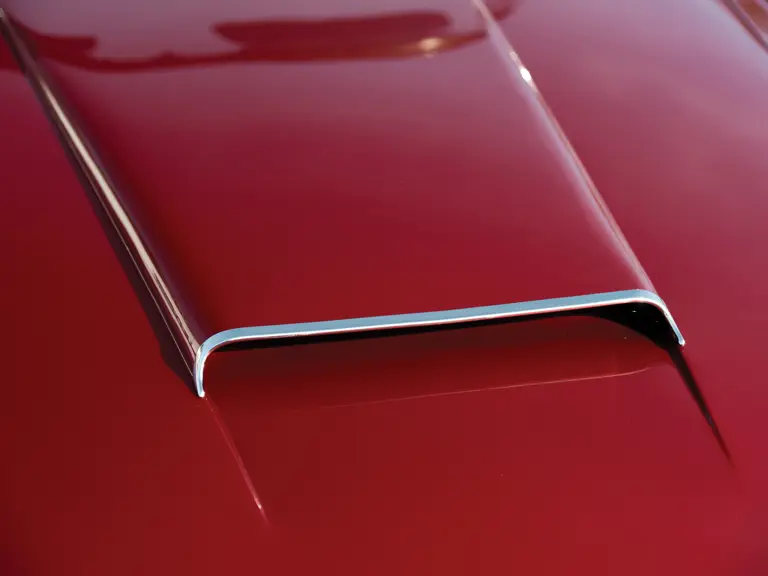
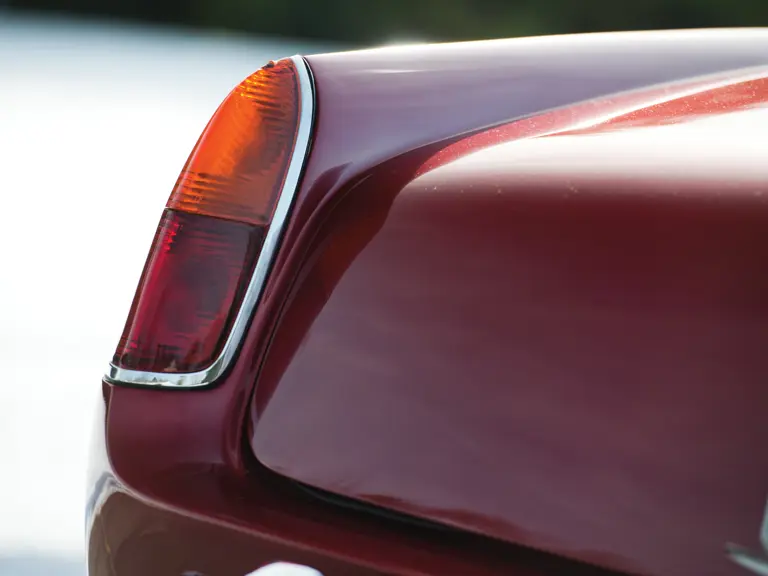

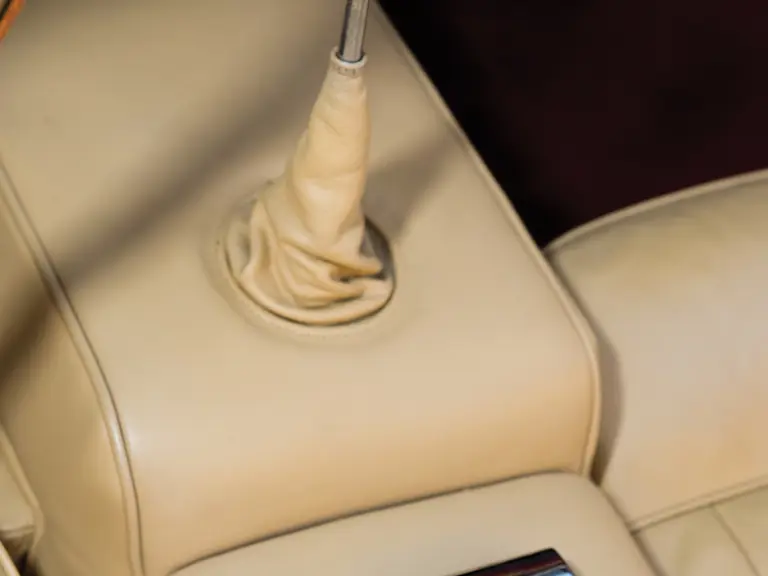
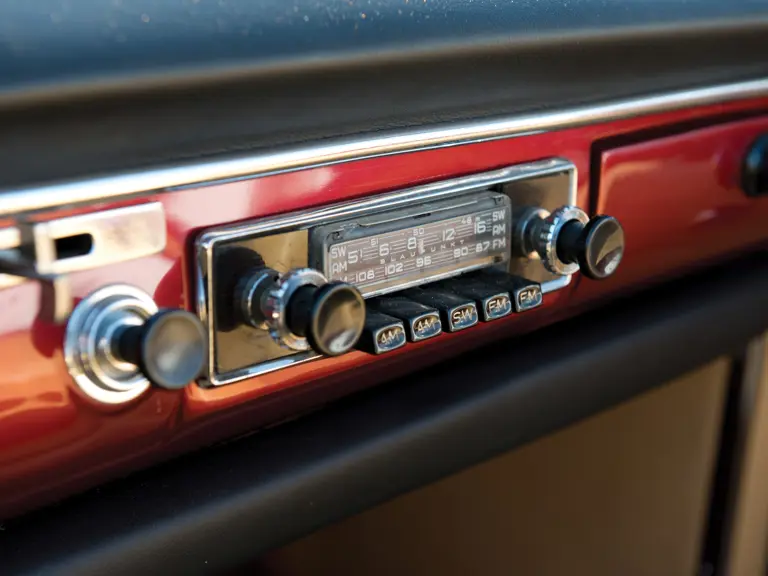
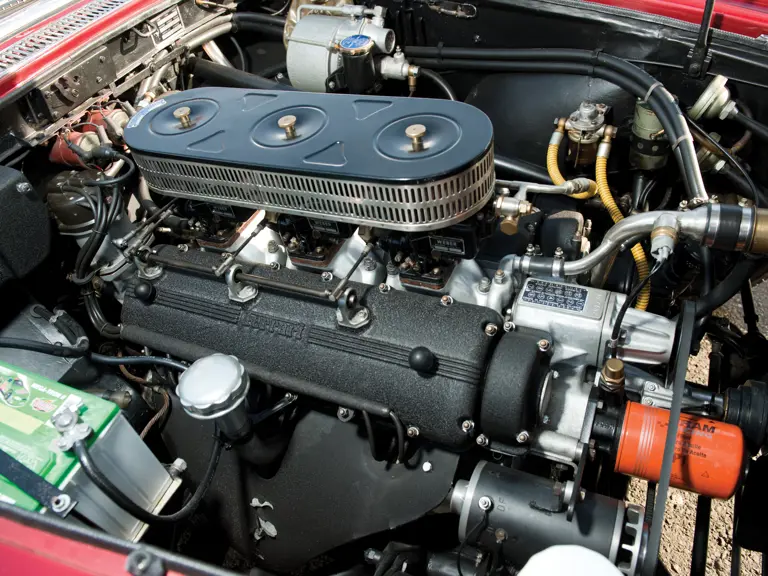
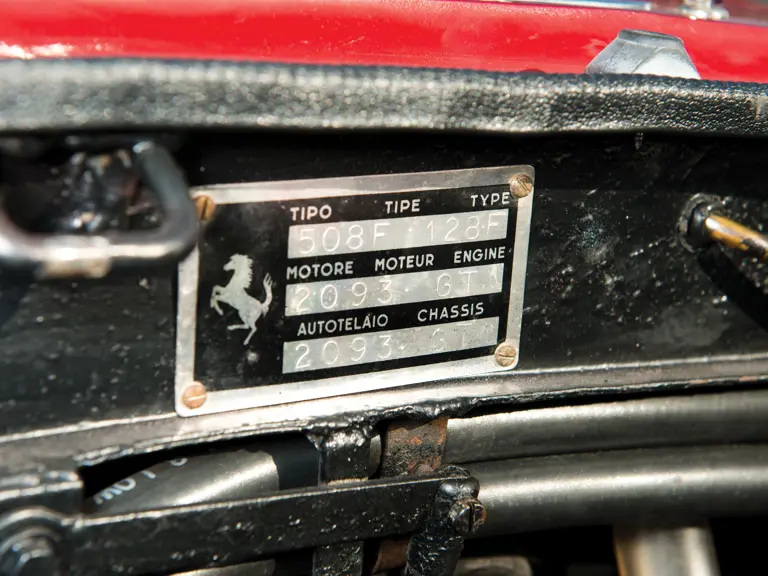
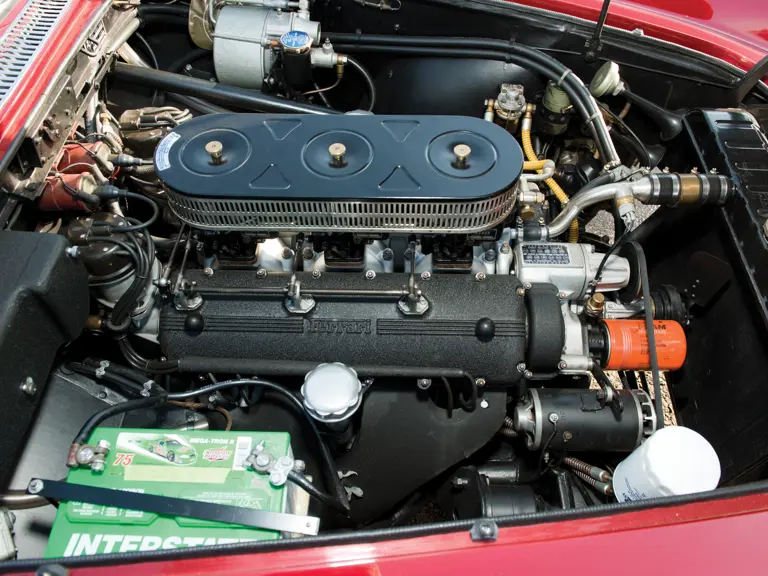
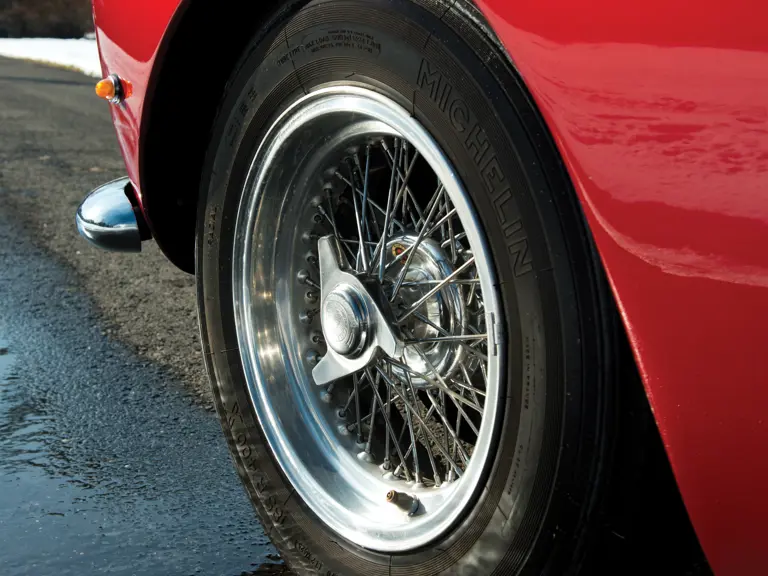

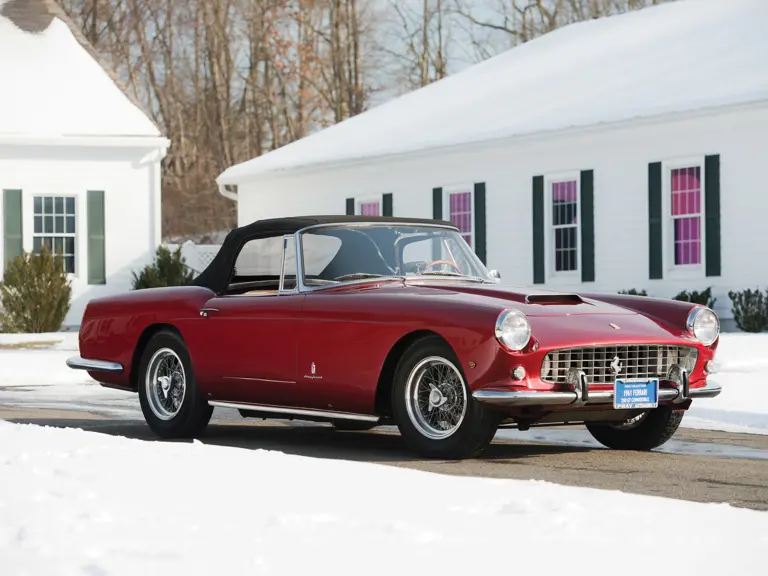
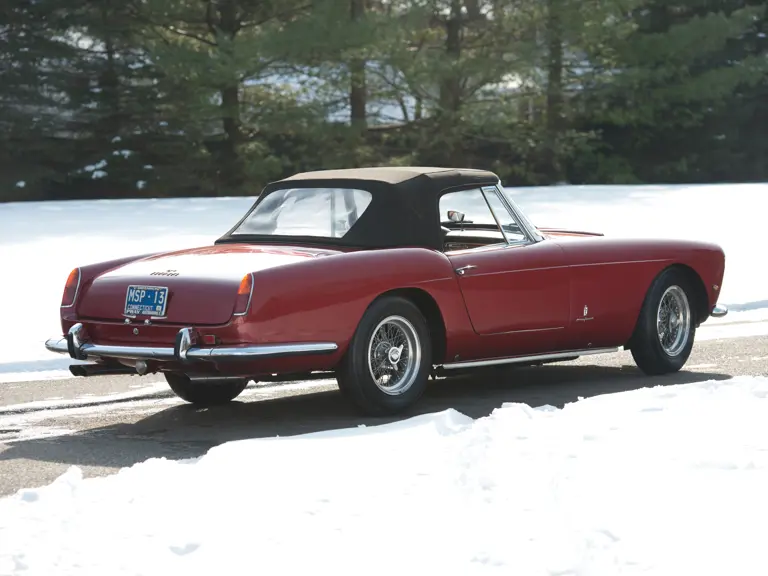
 | Amelia Island, Florida
| Amelia Island, Florida
